Adam Reed is a digital experience and design leader. He began his career at various digital and marketing firms, including Luminant Worldwide, Publicis Hawkeye, and The Marketing Arm. Adam worked at Intuit as a group design manager before transitioning to Edward Jones, and later became a UX design director at Fidelity. He most recently worked as Director, UX at Transamerica, a financial services company offering insurance, retirement, and investment products and services.
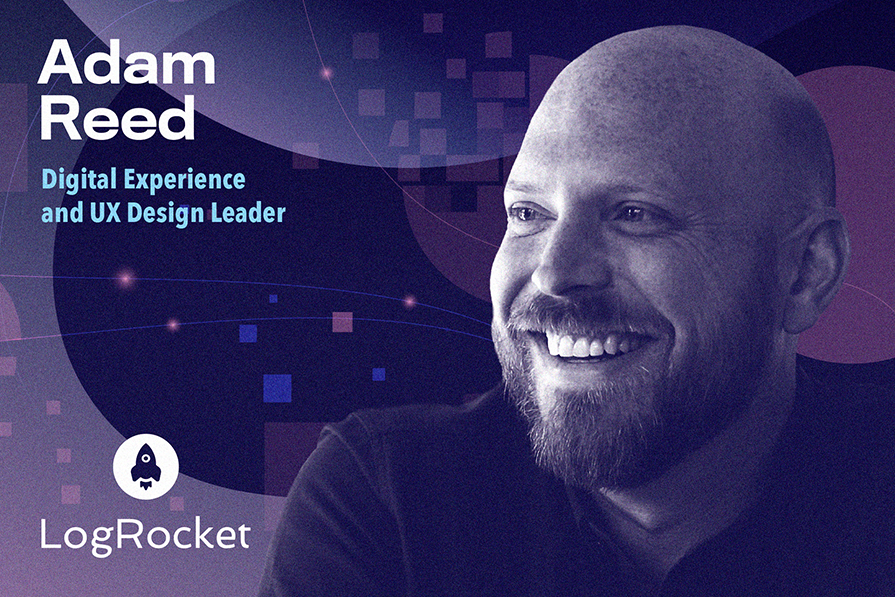
In our conversation, Adam talks about how, in legacy industries like finance and insurance, the goal isn’t to replace the human experience, but to enhance it with digital solutions. He also shares his approach to engaging users who visit a platform infrequently, including by providing updates while they’re paying attention and explaining upcoming opportunities to get even more value from the product.
Adopting digital to cut costs is just one piece of the puzzle. It’s only one of our goals. Many people — especially customers — want to do everything digitally, whereas a lot of our clients and, to some degree, their advisors and agents, still want in-person experiences. Whether it’s digital or not, our job is about building trust and strong relationships.
The goal isn’t to replace the human experience, it’s to figure out how digital can enhance it. It’s also an opportunity to understand how design and UX can deliver those outcomes. It starts with fully understanding who we’re designing for, what they’re trying to accomplish, what’s getting in their way, and what matters most to them. From there, we can design journeys and experiences that feel more human and helpful.
This is a really important goal for us. If our user can walk away thinking that their experience was different and special, they’re going to tell other people about that. An example of this is from my time at Edward Jones when we evaluated the in-branch client visit experience. That is really integral to how Edward Jones operates — they have almost 20,000 branch locations. The business model and customer base enjoy this aspect of the offering, which is why they become Edward Jones clients in the first place.
The advisor-client relationships are built on the community feel and involvement, so we looked at how digital might be able to improve or enhance that in-office, in-branch visit. We evaluated things like personalized experiences when they walk in the door, or ways to use devices and technology within the branch office that felt special and different. Those are a few ways we looked at how digital can enhance and build trust in those in-person moments rather than replace them altogether.
I use several tools. In the design space, there are lots of tried-and-true methods to uncover what matters to users, including empathy maps. They’re broken into four sections around what customers think, say, feel, and do. Once you do that initial research, you can build out different customer personas. Personas become archetypes or models for how not only designers, but entire teams, organize their thinking and efforts around different types of users.
Then, because you’re able to get to the heart of how they think, feel, and act, you can bake those insights into the personas. From there, we’re able to deeply understand not only what jobs they need to do or what goals they have, but also how they might act in the future or what might concern them. Empathy mapping and persona development go a long way to ground teams in being customer-centered.
Once you have customer insights or observations, the next step is to map them out against a customer journey map. For example, you can track touchpoints over time and see how new customers transition from being unaware of your product to onboarding.
Finally, through mapping those customer insights, you can start to see where their sentiment is low. You can see where they struggle or have concerns, and there’s magic in mapping these moments out. Then, your team can rally around and align on critical moments that matter and spend time on them.
It can be tough. One thing we like to do is present updates when we have their attention. Sometimes, they’ll come in periodically or when they need to log in to take a specific action, and we present ways to get them up to speed, like, “Here’s what’s happened since you last logged in.” There are many ways this can be designed and delivered, but at the end of the day, you’re trying to make them feel like they haven’t missed anything. They’re up to speed and confident that they’re where they need to be.
It’s also important that this doesn’t necessarily get in the way of what they’re trying to do. They didn’t log in for updates, but to perform whatever task they had in mind. Being able to catch them up but still let them do what they need to do is an important piece of the puzzle.
Whether it’s before or after they accomplish the thing that they came to do easily, we then provide actionable next steps and personalized recommendations. Here’s what’s next, here’s how to go deeper, and here’s why you shouldn’t miss this upcoming opportunity. This can be anything from offers or promotions to updating their information. The user should leave the session feeling good that they did what they needed to do easily and got additional value.
When I worked at Fidelity, leadership recognized a need to better communicate the full spectrum of benefits that Fidelity offered to their current customers. There was a general lack of awareness of everything Fidelity could provide them. That, to some degree, led to lower engagement, and people didn’t realize how useful some of our experiences were.
At the same time, leadership wanted to clearly present how much value customers had already received from Fidelity. By both showing users the value they’ve already received as a customer and making sure that they understood how to get even more out of Fidelity, we knew we could capture higher engagement.
We developed multiple hypotheses for how to go about this, and one of these ways was to present to users with relevant, timely, and customizable ways to get more value. We thought that if we presented them with information and could dial in exactly what types of information they would like to see over time, we could heighten the relevance and personalization we provided.
Another hypothesis was to develop a value hub to show them how much they’ve already received in a quantifiable way. That became a really interesting challenge — figuring out how we can attach numbers and quantities to show the value they’ve received. Lastly, we hypothesized that, just based on their behavior, we could present insights and opportunities based on how they engaged already. Our goal was to be as data-driven as possible in presenting that.
We tested those hypotheses over time, and the feedback was very positive. Customers felt like Fidelity was listening to them and making their lives easier. It aligned with what they expected from a company like Fidelity. Initial results indicated we met and exceeded expectations on achieving more customer value awareness.
We did a lot of concept de-risking and validation pre-launch, and figured out what the specific MVP needed to be. The MVP launch was a scaled-back version of that future vision that came to life. In the end, we created a hub with all of the value levers — all the different ways customers could get as much value from Fidelity as possible. We showed them where they had already activated or taken advantage of these things and other ways to get more.
I was only there to see the early results, but they were very good. People were taking advantage of things related to what they had already known about or used. We looked at product analytics tools to analyze the data post-launch and watched sessions to understand user behavior. That was a great way to evaluate how well we hit the mark.
Especially in the insurance space, people don’t always need to log in often or engage often. It can be for administrative reasons, like updating your address or beneficiaries, but on the other hand, it can be for a major life event. When you have life insurance, customers can be reaching out for a very important reason. Engagement comes at a critical time in their life.
As a result, highlighting new capabilities and products for low-frequency usage comes down to looking at how you might be able to develop an omnichannel approach. It’s important to communicate with them in ways that they prefer and at times that work best for them. Outbound-wise, this can be notifications through email, push, or text notifications. If you’re able to personalize that as much as possible, you’re going to see the best results. Sometimes, that may just come down to unique or differentiated segmentation.
Another aspect, especially in the insurance space, is communicating through agents and advisors. They’ve already built that relationship with the end user, so sharing information through them is great because customers are getting it from someone they know and trust. It also gives agents and advisors a great reason to contact them and stay engaged offline.
It’s hard to anticipate when those life events are going to happen unless users are actively sharing information with you. A lot of times, they won’t do this online. They may engage initially online, but many times, they go back to insurance agents or advisors with these big situations. It’s a bit of an indirect engagement.
At Fidelity, I was part of a team that was testing different ways to communicate the value of products and services, and it all goes back to value and helping different customer segments tackle their goals. On the retirement side, how do you engage a younger audience or people who are just starting out and who are less familiar with managing finances? You can reframe retirement savings in lots of ways, and that’s more engaging than asking them, “Are you saving enough for retirement?” That’s a long way away, so it’s hard to make it real for younger users. But, if you can show them how they can save enough money for vacation this year faster, you’re framing it in a shorter-term, more relatable and tangible way.
Something design leaders think about a lot is how to demonstrate where design drives business value. This is a space where design and design research can play a big part. Once you do that initial research, you can think about and deliver experiences that continue to collect more information. That way, the company can improve what it knows about groups, segments, and even individual customers. That helps you drive more confidence, trust, and delight through design.
I also believe that content design plays a big part in ensuring that people feel like they’re being heard. It sets the tone for these digital experiences and makes them personal. It also helps users have greater peace of mind and confidence that not only did they make a good decision with this company, but that they also enjoy the experience. How you communicate that tone of voice and brand personality shows up in product experiences. It’s really important, but it’s not always top of mind for product teams. Getting into the truly emotional aspects of human-computer interaction is so important.

LogRocket identifies friction points in the user experience so you can make informed decisions about product and design changes that must happen to hit your goals.
With LogRocket, you can understand the scope of the issues affecting your product and prioritize the changes that need to be made. LogRocket simplifies workflows by allowing Engineering, Product, UX, and Design teams to work from the same data as you, eliminating any confusion about what needs to be done.
Get your teams on the same page — try LogRocket today.
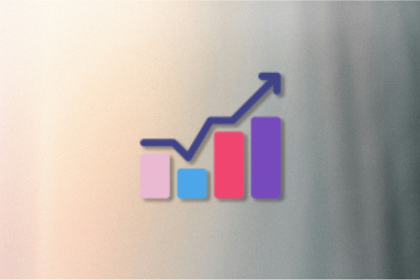
Stop letting unreliable data block features. Treat data as inventory to track quality, ownership, and ship with confidence.
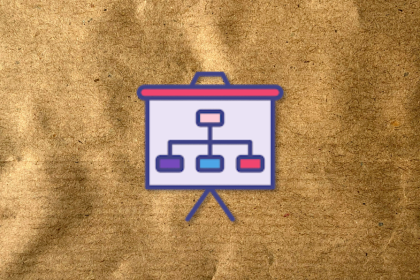
Learn why slide decks slow teams down and explore better tools like whiteboards, PRDs, and prototypes to improve collaboration and alignment.
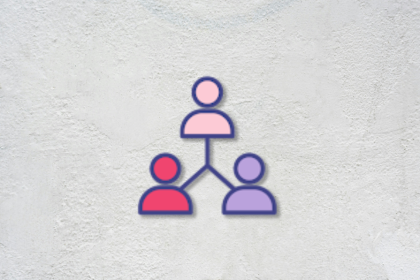
AI PM roles are evolving fast. Learn the five types of AI PMs, the skills they need, and how they shape AI products across industries.
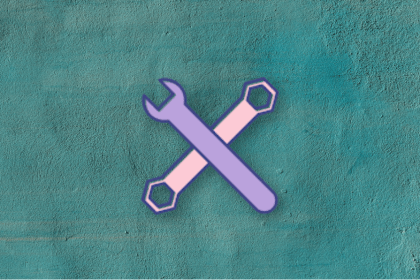
Learn how you can use AI agents to automate workflows, boost productivity, and choose the right tools while avoiding common pitfalls.
One Reply to "Leader Spotlight: How digital experiences enhance in-person moments, with Adam Reed"
Helpful post…